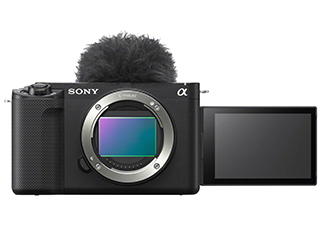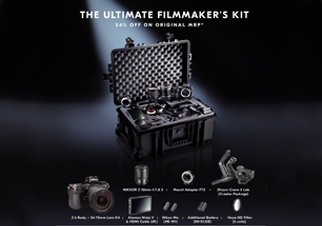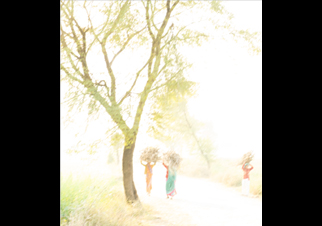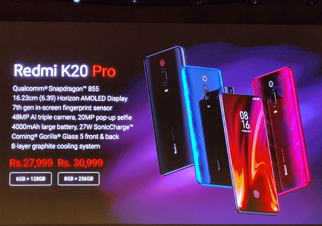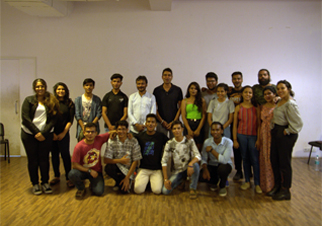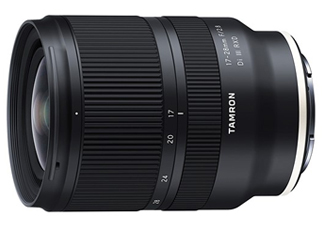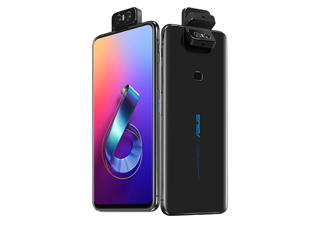Asian
Photography Photowalk
Another
Milestone for the Magazine
As a
magazine Asian Photography has always been known to innovative and do
new things. And as a first this year, the magazine started something
new and unique and it was a runaway hit. From ideas on paper in the
editorial meet to the execution of the same, everything at the
Photowalk inititiave was different this time.
How was
it unique?
The idea of
a Photowalk wasn’t unique to the magazine as such initiatives had
already been taken a few times in Kolkata during Artistique. But with
this initiative the magazine wanted to do something different. How do
we do something that has never been done before, we asked ourselves?
After a lot of brainstorming, we figured out that Fashion photography
classes have always been limited to the studio. Why is that? Why
can’t we practically impart knowledge to people by actually
shooting and teaching it?
The first
step in conducting a photowalk is to understand its purpose. Why are
we conducting a photowalk? Is it just publicity or do we have a
different motive behind it? We decided it should be a knowledge
sharing platform and the attendees should learn something from it. We
needed a professional photographer who would impart them with
knowledge. We zeroed in on one of the best fashion and lifestyle (two
of the many feathers in his cap) photographer, Ritam
Banerjee. He has shot
everything from advertising, automobile, portraits, fashion,
corporate, architecture & interiors, products, travel,
industrial, photojournalism, food and more.
A review
session for the Photowalk
As most
photowalks go, people meet at a particular place, take photos from
point A to point B and leave once the walk is over. We weren’t
convinced with this idea. This is where the idea for a review session
came in. What good are pictures and walks if you don’t get an idea
on how you can improve and learn for the future? The review sessions
were conducted at the Udaan
School of Photography with the
location figured to be in Bandra.
The
Prizes
In order to
encourage the participants, we decided to have some prizes for the
best pictures of the walk. Sandisk and Golla were kind enough to lend
us a helping hand to encourage the budding photographers with 128 GB
SD cards and Designer Camera Bags respectively .
Any fashion
shoot is incomplete without models. We were lucky enough to get three
beautiful women for the walk. Tania Jena, Komal Rane and Neha Dinesh
Anand agreed to join us for the walk. They were extremely
professional and helped the budding photographers with their inputs
as well! Even though the unforgiving Mumbai sun was posing problems,
the models helped the photographers with their shoot.
The
photowalk began just as any other with the photographers gathered at
the starting point and we introduced Ritam Banerjee to them. Ritam
asked the participants to first gel with the models. The
photographers were a bit hesitant at first and it was the first step
of the shoot. Any fashion shoot, Ritam explained, begins with getting
to know the model well. Then the photographers were divided into
three groups and asked to take one model each, along with them. They
were given a time of 15 minutes and they had to shoot some beautiful
pictures within that given time and meet Ritam about 200 meters away
where the models would exchange groups and shoot with a new group.
This went on till all the groups had shot with all the models. We
were halfway on our route of the walk. Everyone gathered around Ritam
and he explained that he noticed a lack of group coordination in the
participants. So he decided to give another exercise. Each group got
to shoot with one model and each member of the group would have 5
minutes to shoot the model while the others helped in the shoot. This
continued for 20 minutes. At around 10:00 AM the photowalk came to an
end with a group photo.
Now the
next step was that the photographers had to reach Udaan School of
Photography and submit three of their best images taken on that day
before 11:00 AM which would be reviewed. The participants reached the
premises where they were greeted in by Asian Photography team
members.
“A big
thank you to Asian Photography for the wonderful initiative and for
taking photography and photographers to explore, express and
experience the joy of shooting even more” – Ritam Banerjee
The Editor
of Asian Photography, Bhavya Desai joined in on the review session
along with Ritam Banerjee who shared their expertise to help the
photographers through the session. Bhavya explained how the inception
of the photowalk idea began and also announced that each participant
would receive one complete year’s e-subscription of the magazine!
Ritam further spoke about the nuances of fashion photography,
importance of teamwork and so on while the participants listened
attentively. The participants got a chance to ask questions and the
models joined in too!
At the end
of the session the winning participants were chosen by Bhavya Desai
and Ritam Banerjee. The winners then received the goodies and were
given a chance to speak in front of the other participants. The
photographers who received prizes were Sudhanshu Sawate, Kinjal
Padaya, Garv Srivastav, Mohit Shigvan, Suryansh Tripathi and Bhavika
Doulatani.
The day
came to an end with all participants having learned a lot from the
event while taking back memories and a whole lot of enthusiasm
expressing their intent to join in on the next photowalk that the
magazine organizes.

